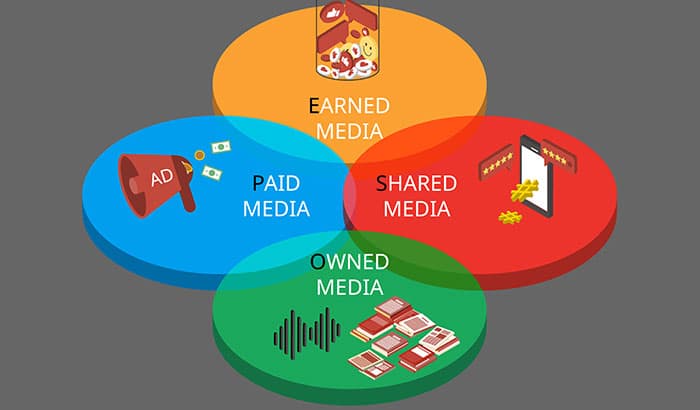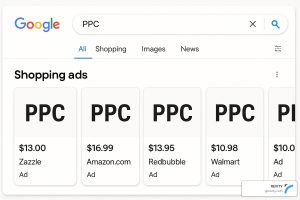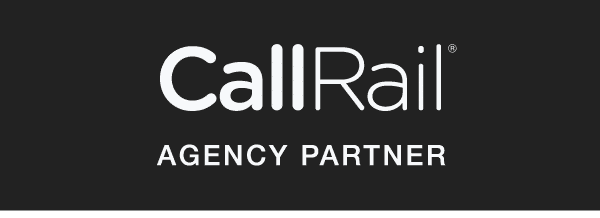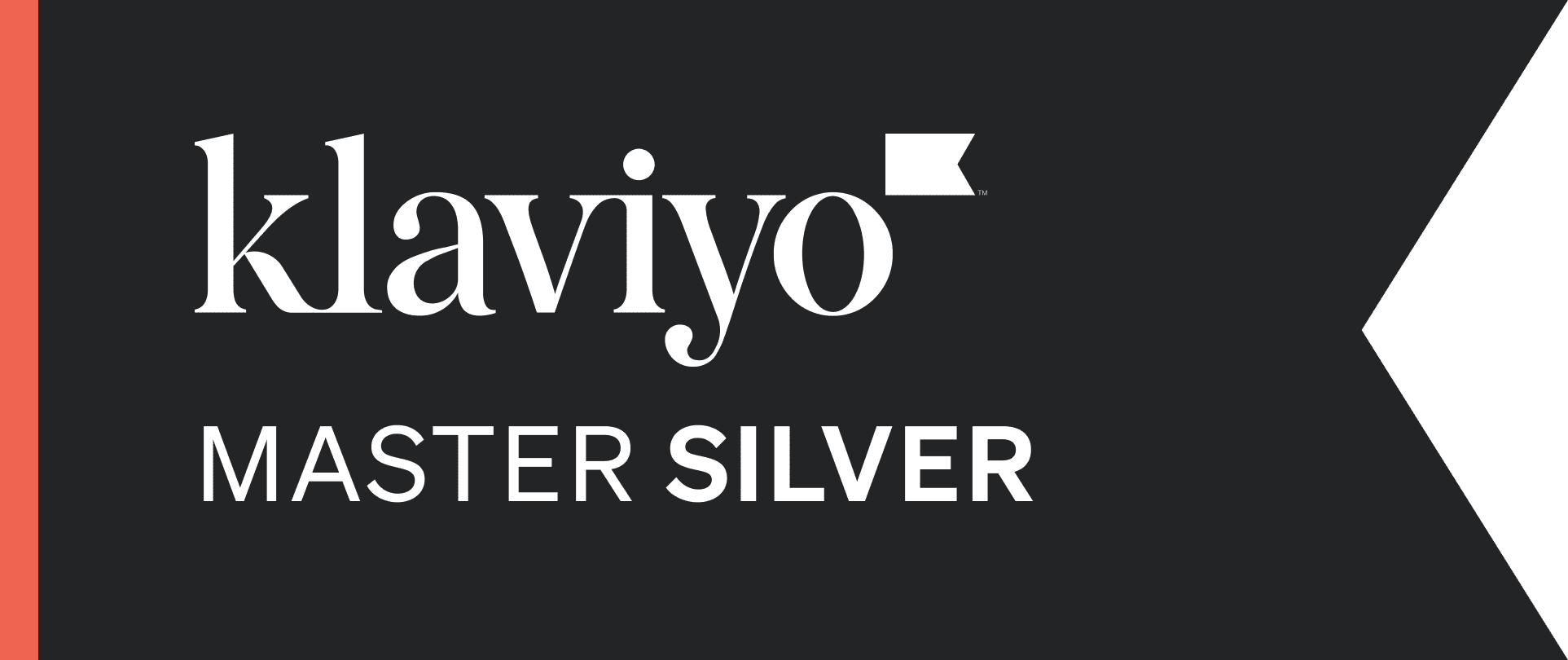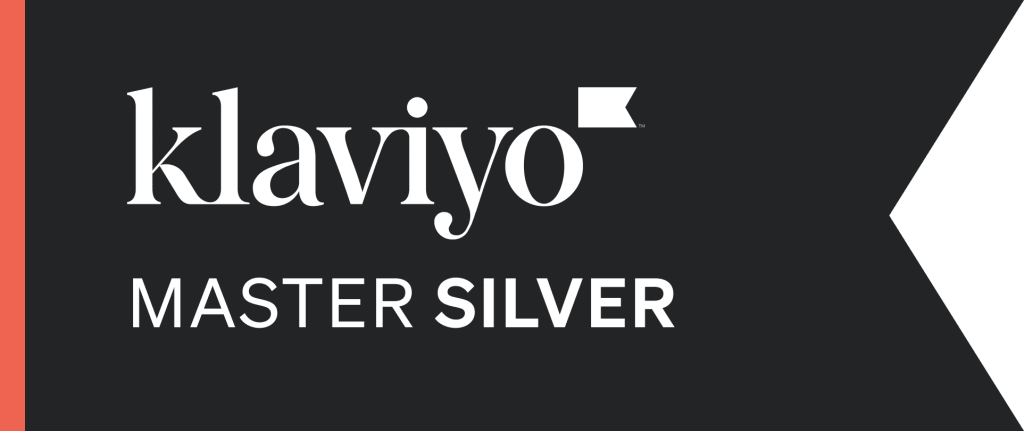A well-crafted paid social media strategy can be a game-changer for all businesses, regardless of size.
In this comprehensive guide, we’ll walk you through each step of crafting a winning paid social media strategy. From setting clear goals and objectives to understanding your audience and selecting the right platforms, we’ve got you covered.
We’ll even dive into budgeting, cost considerations, and the art of crafting compelling advertisements that stop scrollers in their tracks.
By strategically investing in paid advertising, you can supercharge your brand’s online presence, expand your reach, and connect with the right people at the right time.
Let’s get started!
The Importance of Social Media Marketing
In today’s digital landscape, social media marketing has emerged as a powerful force, revolutionizing how businesses connect with their target audience. It’s no secret that social media platforms have become the go-to virtual communities where people engage, share, and discover content.
From Facebook and Instagram to Twitter and LinkedIn, these platforms have billions of active users who spend significant time scrolling, liking, and sharing. This unprecedented reach and engagement make social media marketing an indispensable tool for brands looking to amplify their online presence.
One of the key reasons social media marketing is so important is its ability to level the playing field for businesses of all sizes. Gone are the days when only big-budget companies could dominate the advertising landscape.
Social media platforms provide an affordable and accessible avenue for businesses to reach a wide audience and compete on equal footing. Whether you’re a small startup or a global corporation, social media allows you to showcase your brand, connect with your target audience, and tell your unique story.
Beyond reach and affordability, social media marketing offers unparalleled opportunities for engagement and interaction. Unlike traditional forms of advertising, social media enables two-way communication between brands and their audience.
It fosters a sense of community, allowing businesses to have real-time conversations, receive feedback, and address customer inquiries. This direct line of communication builds trust, encourages brand loyalty, and creates a memorable customer experience, setting your business apart from the competition.
Social media marketing also has the potential to drive significant brand awareness. With carefully crafted content, captivating visuals, and strategic campaigns, you can showcase your brand’s values, personality, and offerings to a vast audience.
Social media platforms provide unique features like hashtags, trending topics, and viral potential, enabling your brand to gain exposure, generate buzz, and become a part of cultural conversations. This increased visibility can translate into new customers, partnerships, and business opportunities that propel your brand forward.
In addition to brand awareness, social media marketing plays a crucial role in driving website traffic and conversions. You can reach the right audience by leveraging targeted advertising, directing them to your website, landing pages, or specific product pages.
With compelling calls-to-action and optimized user experiences, you can guide your audience through the buyer’s journey, from initial interest to final conversion. Social media platforms also offer powerful tracking and analytics tools, enabling you to measure the impact of your campaigns, optimize your strategies, and drive tangible results for your business.
How Is Paid Social Media Different From Organic?

Paid social media and organic social media are two distinct approaches to leveraging the power of social media platforms for your brand. While both have their merits, understanding their differences is crucial for developing an effective and well-rounded social media strategy.
Organic social media refers to the unpaid or natural content you share on your brand’s social media profiles. It includes posts, updates, photos, and videos that you create and publish without any direct advertising spend.
Algorithms and user engagement primarily determine the reach and visibility of organic content. It relies on building an engaged community, fostering conversations, and generating share-worthy content that resonates with your audience.
Organic social media is valuable for cultivating brand loyalty, fostering authenticity, and creating a sense of community around your brand.
On the other hand, paid social media involves investing in advertising and promotions on social media platforms to amplify your reach and visibility. It allows you to target specific audiences based on demographics, interests, and behaviors, ensuring that your content is shown to the right people at the right time.
Paid social media offers a range of advertising formats, such as sponsored posts, display ads, video ads, and carousel ads, providing opportunities to showcase your brand in a visually appealing and attention-grabbing manner.
By allocating a budget toward paid social media, you can accelerate your brand’s growth, drive targeted traffic, and achieve specific business objectives.
While both organic and paid social media have their place in a comprehensive social media strategy, they are not mutually exclusive. They complement each other to create a holistic approach.
Organic social media is the foundation for building relationships, establishing brand identity, and nurturing a loyal community. Paid social media, on the other hand, acts as a catalyst, amplifying your organic efforts and reaching wider audiences.
A Step-by-Step Guide to Paid Social Media
Setting Goals and Objectives for Paid Social Media
Setting clear goals and objectives is a critical first step when diving into the social media marketing world. Without a defined destination in mind, your efforts can become aimless and ineffective. Goals provide direction and purpose, guiding your strategy and helping you measure success.
When it comes to paid social media, your goals should align with your broader marketing objectives and focus on what you want to achieve through your campaigns.
Start by asking yourself: What do you want to accomplish with your paid social media efforts? Are you aiming to increase brand awareness, drive website traffic, generate leads, boost sales, or promote a specific product or service?
Each objective requires a different approach, targeting, and messaging. By clearly defining your goals, you can tailor your paid social media strategy to maximize results aligned with your business priorities.
Effective goals should be specific, measurable, achievable, relevant, and time-bound (a SMART goal).
For example, instead of setting a vague goal like “increase brand awareness,” you could set a SMART goal like “increase brand mentions by 20% on social media platforms within the next three months.” This goal is specific, measurable, achievable, relevant, and has a defined timeline, making it easier to track progress and evaluate the effectiveness of your paid social media campaigns.
It’s essential to consider the metrics and key performance indicators (KPIs) that align with your goals. These could include reach, impressions, engagement, click-through rates (CTRs), conversions, or return on ad spend (ROAS).
Each goal will have its own set of relevant metrics, which you can track using the analytics tools provided by social media platforms or third-party software. Regularly monitoring these metrics will enable you to gauge the effectiveness of your paid social media efforts and make data-driven optimizations.
Remember that goals and objectives are not set in stone. As your business evolves and your campaigns progress, it’s essential to reassess and refine your goals. Regularly reviewing and adjusting your goals allows you to stay agile, adapt to market trends, and seize new opportunities.
Continuously refining your objectives ensures that your paid social media strategy remains aligned with your overall business goals and yields meaningful results.
Audience Research and Targeting
Understanding your audience is crucial to any successful paid social media strategy. If you have any marketing experience at all, you know that the more you know about your target audience, the better equipped you’ll be to craft targeted and relevant campaigns that resonate with them.
Audience research and targeting allow you to identify and reach the right people, maximizing the impact of your paid social media efforts.
Start by defining your target audience demographics, such as age, gender, location, language, and interests. This information helps you create your ideal customer profile and provides a foundation for your audience research. However, don’t stop there. Dive deeper into psychographic factors like values, beliefs, behaviors, and preferences to truly understand what motivates and engages your audience.
To gather insights about your audience, utilize qualitative and quantitative methods. Conduct surveys, interviews, and focus groups to gain qualitative insights into their needs, pain points, and aspirations.
Analyze your existing customer data and social media analytics to uncover quantitative data, such as engagement rates, click-through rates, and audience demographics. Social listening tools can also help you monitor online conversations and trends related to your industry, products, or services.
Once you have a solid understanding of your audience, it’s time to leverage the targeting capabilities offered by social media platforms. These platforms provide a wealth of options to narrow your audience based on demographics, interests, behaviors, and even custom audiences.
For example, you can target users who have shown an interest in specific topics, engaged with similar brands, or have a certain income level. This level of granularity ensures that your paid campaigns are shown to the most relevant and receptive audience.
Choosing the Right Social Media Platforms
When it comes to paid social media strategy, choosing the right platforms to invest your resources and efforts in is crucial. Each social media platform offers unique features, demographics, and user behaviors.
By understanding the strengths and characteristics of different platforms, you can effectively reach and engage your target audience.
Take a look at your target audience and identify their preferred social media platforms. For example, platforms like LinkedIn might be more suitable if your target audience consists primarily of professionals and B2B clients. On the other hand, if you’re targeting a younger, visually-oriented audience, platforms like Instagram or TikTok could be more effective.
You should also consider the nature of your business and the type of content you plan to share. Certain platforms are better suited for specific content formats. For instance, if you have visually compelling products or services, platforms like Instagram or Pinterest can showcase them effectively through images or videos.
If you focus on providing informative and educational content, platforms like YouTube or LinkedIn may be more suitable for longer-form videos or articles.
Evaluate the advertising capabilities and targeting options offered by each platform. Look into the available advertising features, formats, targeting parameters, and audience segmentation tools.
For instance, Facebook ads for eCommerce come with a robust suite of advertising options, including detailed targeting based on demographics, interests, and behaviors. As part of the Facebook family, Instagram provides similar targeting options as Facebook ads for eCommerce.
Keep in mind that your social media platform choices don’t have to be limited to just one. Depending on your target audience and marketing objectives, you can diversify your approach and have a presence on multiple platforms.
However, it’s essential to allocate your resources wisely and ensure each platform receives the attention and investment it deserves. Quality over quantity should be your guiding principle when choosing multiple platforms.

A Quick Example
We’ve talked a lot, so let’s take a moment to step back and explore how all these concepts come together in a (fictional) real-world scenario before we dive back into the details of the social media marketing world:
Allie, a passionate entrepreneur, lives in a bustling city. Allie had a deep love for dogs and a burning desire to provide pet owners with the highest quality organic dog food. She decided to open an online store with her original organic dog food to cater to health-conscious dog parents.
Before launching her business, Allie knew she needed a solid social media strategy to reach her target audience effectively. She began by setting clear goals for her paid social media efforts. Her primary objectives were to increase brand awareness, drive website traffic, and ultimately boost online sales. Allie understood that setting specific and measurable goals would guide her strategy and allow her to track her progress.
Next, Allie conducted thorough audience research to understand her target market. She analyzed data from various sources, including surveys, customer feedback, and social media analytics.
Through her research, Allie discovered that her ideal customers were health-conscious pet owners, predominantly females aged 25-45, residing in urban areas. They were active on social media and valued natural and organic products for their furry companions.
With this valuable insight, Allie focused on choosing the right social media platforms. She knew that reaching her target audience through the platforms they frequented would be key to her success. Allie initially focused her efforts on Facebook and Instagram, as they aligned well with her target demographic and offered robust advertising capabilities.
On Facebook, Allie utilized the detailed targeting options that come with Facebook ads for eCommerce to reach pet owners within her desired age range and geographic location, and with that, she was well on her way to executing a strong paid social media plan.
While there’s a little more that goes into it, creating the start of your paid social media strategy can be that easy. If you need help with the details, reaching out to a digital marketing agency can be a great choice for those with limited experience in marketing and ads.
Let’s dive back into the rest of the steps!
What Does Social Media Marketing Cost Look Like?
Your social media marketing cost could look completely different from other businesses. Budgeting and cost considerations are pivotal in shaping an effective paid social media strategy. When it comes to allocating resources for your social media advertising efforts, careful planning and strategic decision-making are key.
Start by defining a realistic budget aligning with your marketing objectives and business goals. Consider factors such as the size of your target audience, the level of competition in your industry, and your desired reach and frequency.
It’s important to strike a balance between investing enough to achieve your goals and ensuring a sustainable budget that aligns with your financial capabilities.
Ensure you understand the cost structures and pricing models of different social media platforms. Most platforms offer a variety of advertising options, such as pay-per-click (PPC), cost-per-impression (CPM), or cost-per-action (CPA).
Each model has advantages and considerations, so it’s crucial to evaluate which model best aligns with your campaign objectives and budget constraints. Additionally, keep in mind that the cost per click or impression can vary based on factors such as audience targeting, ad placement, and competition.
Consider your paid social media campaigns’ value and potential return on investment (ROI). Look beyond the immediate social media marketing cost and evaluate the long-term benefits and impact on your business.
Analyze historical data and industry benchmarks to estimate the conversion rates, customer acquisition costs, and lifetime value of customers generated through social media advertising. This analysis will help you make informed decisions about the amount of investment you are willing to allocate and the expected outcomes.
Embrace a test-and-learn approach to optimize your budget allocation. Instead of investing your entire budget into one large campaign, consider dividing your budget into smaller segments and running multiple tests across different platforms, ad formats, and targeting options.
This allows you to gather data, analyze performance, and make data-driven decisions to optimize your campaigns and allocate resources more effectively.
Crafting Compelling Advertisements
With countless messages bombarding users on social media platforms, it’s essential to create ads that captivate attention, resonate with your target audience, and drive them to take action.
Tailor your messaging to address your target audience’s needs, desires, and pain points. You can create ads that speak directly to their interests by understanding their motivations and preferences.
Focus on creating compelling visuals that grab attention. High-quality, eye-catching images or videos can instantly capture the viewer’s interest and draw them into your ad. Use vibrant colors, striking compositions, and clear branding elements to make your ad visually appealing.
Incorporate relevant visuals that align with your brand and evoke the desired emotional response from your audience.
Craft a concise and compelling headline that grabs attention and sparks curiosity. Your headline should be concise, clear, and aligned with your ad’s objective. Whether it’s emphasizing a unique selling proposition, posing a thought-provoking question, or offering a captivating statistic, the headline should entice users to read further and engage with your ad.
Ensure the message is concise, compelling, and easily scannable to ensure it resonates with everyone.
Include a clear and compelling call-to-action (CTA) that encourages users to take the desired action. Whether it’s “Shop Now,” “Sign Up,” “Learn More,” or “Book Now,” the CTA should be prominently displayed and convey a sense of urgency or value. Make it easy for users to understand what action they need to take and provide clear instructions on how to proceed.
Monitoring and Analytics
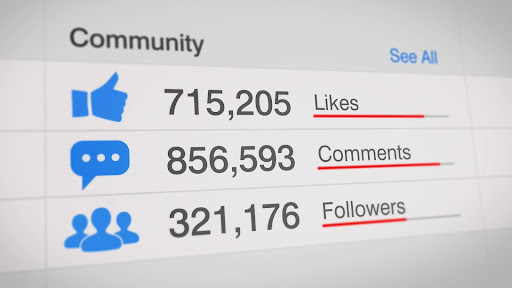
Monitoring and analysis are vital components of any paid social media strategy. By closely monitoring the performance of your campaigns and analyzing the collected data, you can gain valuable insights that enable you to make informed decisions and optimize your strategy for better results.
Start by defining relevant key performance indicators that align with your campaign objectives. These could include click-through rates, conversion rates, cost per acquisition, return on ad spend, engagement rates, and reach. Selecting the right KPIs ensures that you track the metrics that directly impact your campaign’s success and provide meaningful insights.
Utilize the analytics and reporting tools provided by social media platforms to track and measure the performance of your campaigns. As we mentioned above, platforms like Facebook, LinkedIn, and Google offer robust analytics dashboards that provide detailed information on key metrics. Regularly review these reports to gauge the effectiveness of your campaigns, identify trends, and uncover areas for improvement.
Don’t forget to monitor the competitive landscape and industry trends. Keep an eye on your competitors’ activities and benchmark your performance against theirs. Identify opportunities and areas where you can differentiate yourself and stand out from the crowd.
Stay updated on emerging trends, new features, and algorithm changes that might impact your social media advertising strategy.
Optimize Your Ads
Regularly review the performance metrics of your campaigns to identify areas that need improvement.
Pay attention to your key indicators, identify underperforming ads or campaigns, and investigate the possible reasons behind their lackluster performance. This analysis will help you pinpoint specific areas for optimization.
It’s important to optimize targeting parameters to reach the most relevant audience for your ads. Refine your audience demographics, interests, behaviors, and geographic targeting based on the data gathered from previous campaigns.
Use A/B testing to experiment with different audience segments and assess their response. By narrowing down your target audience and reaching those most likely to engage with your ads, you can increase the effectiveness of your campaigns.
Most of your optimization will be experimentation; experiment with different ad formats, creatives, and messaging to find the winning combination. Test variations of headlines, visuals, calls-to-action, and ad copy to identify the elements that resonate most with your audience.
Iterate based on the results of your tests, and focus on scaling the ads that deliver the best performance. Optimization is an ongoing process, so keep testing and refining to continually improve the effectiveness of your ads.
Continuously monitor your campaigns’ performance and make real-time data-driven adjustments. Analyze the data, identify patterns, and act upon the insights. Adjust your budget allocation, bidding strategies, and targeting parameters to optimize your campaigns for maximum impact.
You should embrace a proactive approach to optimization, always striving to improve and refine your strategy based on the ever-evolving dynamics of social media advertising.
Don’t Forget to Optimize Your Site Too
You could have the most convincing, visually appealing ads of all time, but if your website isn’t optimized, those ads aren’t going to do you much good.
Your website is the destination for users who click on your ads, so creating an optimized environment that aligns with your paid social media strategy is crucial.
Start by ensuring that your website is mobile-friendly and responsive. With the majority of social media users accessing platforms from their mobile devices, it’s essential that your site is optimized for different screen sizes and provides a seamless browsing experience.
Responsive design ensures that your website adapts to any device, delivering a consistent and user-friendly experience across all platforms.
You should also optimize your website’s loading speed to minimize bounce rates and improve user satisfaction. Slow-loading pages can frustrate visitors and lead to higher abandonment rates.
To do this, compress image files, minimize code, and leverage caching techniques to ensure your website loads quickly and efficiently. Regularly test your site’s loading speed and make necessary adjustments to optimize performance.
Perhaps most importantly, you must create compelling and relevant landing pages for specific campaigns or offers. When users click on your ads, they should be directed to a dedicated landing page that aligns with the messaging and expectations set in the ad.
Customize these landing pages’ content, design, and call-to-action to drive conversions and ensure a seamless user journey from ad click to the desired action. Make sure that your CTA is clear and prominently displayed.
Should I Put a Focus on Organic Social Media as Well?
While paid social media advertising offers targeted reach and immediate results, it’s important not to overlook the value and benefits of organic social media. Organic social media refers to the non-promoted content you share on social media platforms without spending money on advertising.
Integrating organic social media into your overall strategy can amplify your brand’s presence, foster deeper connections with your audience, and provide long-term benefits.
Building authentic relationships with your audience is a key advantage of organic social media. Creating valuable and engaging content can foster a sense of community and loyalty among your followers. Organic posts allow you to showcase your brand’s personality, share behind-the-scenes glimpses, and communicate directly with your audience.
This personalized interaction builds trust and strengthens the emotional connection between your brand and your customers.
It also provides a cost-effective way to grow your audience, a platform to creatively show off your brand, and a way to show your expertise and position in the marketplace. To make the most of organic social media, establish a consistent content strategy, schedule regular posts, and engage with your audience by responding to comments and messages.
A Few Tips for Organic Social Media
Now that we’ve explained the importance of organic social media marketing, let’s dive into some valuable tips to enhance your strategy and maximize your success on social media platforms.
Here are 10 tips to elevate your organic social media marketing game:
- Create a content calendar to stay organized and consistent with your organic social media posts.
- Engage with your audience by responding to comments, messages, and mentions in a timely manner.
- Share valuable and informative content that educates and entertains your followers.
- Use compelling visuals like high-quality images and videos to capture attention and increase engagement.
- Collaborate with influencers or industry experts to expand your reach.
- Encourage user-generated content by running contests or campaigns that involve your audience.
- Leverage relevant hashtags to increase the discoverability of your posts and join trending conversations.
- Incorporate storytelling techniques to connect emotionally with your audience and make your content more memorable.
- Monitor social media trends and stay up-to-date with the latest platform features to keep your strategy fresh and relevant.
- Conduct polls and surveys or ask open-ended questions to encourage interaction and gather feedback from your audience.
Stand Out On Social Media with Revity
We know that the social media marketing world can be confusing to the untrained eye. Whether you’re looking to build a strong paid social media strategy, enhance your organic social presence, or tackle any other aspect of digital marketing, Revity is here to help.
With our paid social media services, we’ll craft strategic and compelling advertising campaigns that reach your target audience effectively. From planning and targeting to ad creation and performance tracking, we optimize your campaigns for maximum ROI.
When it comes to organic social media, we excel at content creation, community management, and audience engagement. We’ll help you develop a consistent brand voice and create captivating content that fosters connections with your followers.
Beyond social media, our comprehensive suite of digital marketing services covers SEO, content marketing, email marketing, website design, and more. We tailor our strategies to your goals and target audience, ensuring exceptional results.
Partner with Revity to unlock your digital marketing potential. Contact us today by calling us at 801-877-3362, and let’s embark on a transformative journey to elevate your brand, engage your audience, and drive measurable growth.

